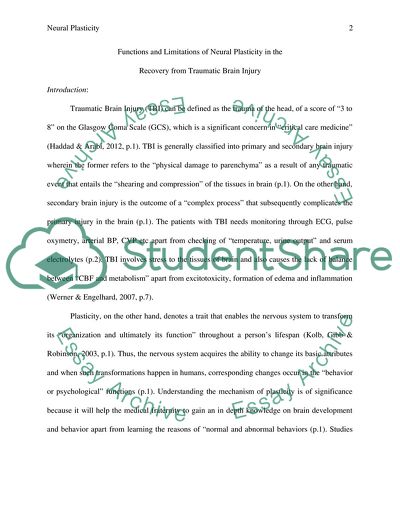Cite this document
(Functions and Limitations of Neural Plasticity Research Paper - 2, n.d.)
Functions and Limitations of Neural Plasticity Research Paper - 2. Retrieved from https://studentshare.org/medical-science/1651701-essay-assignment
Functions and Limitations of Neural Plasticity Research Paper - 2. Retrieved from https://studentshare.org/medical-science/1651701-essay-assignment
(Functions and Limitations of Neural Plasticity Research Paper - 2)
Functions and Limitations of Neural Plasticity Research Paper - 2. https://studentshare.org/medical-science/1651701-essay-assignment.
Functions and Limitations of Neural Plasticity Research Paper - 2. https://studentshare.org/medical-science/1651701-essay-assignment.
“Functions and Limitations of Neural Plasticity Research Paper - 2”, n.d. https://studentshare.org/medical-science/1651701-essay-assignment.


